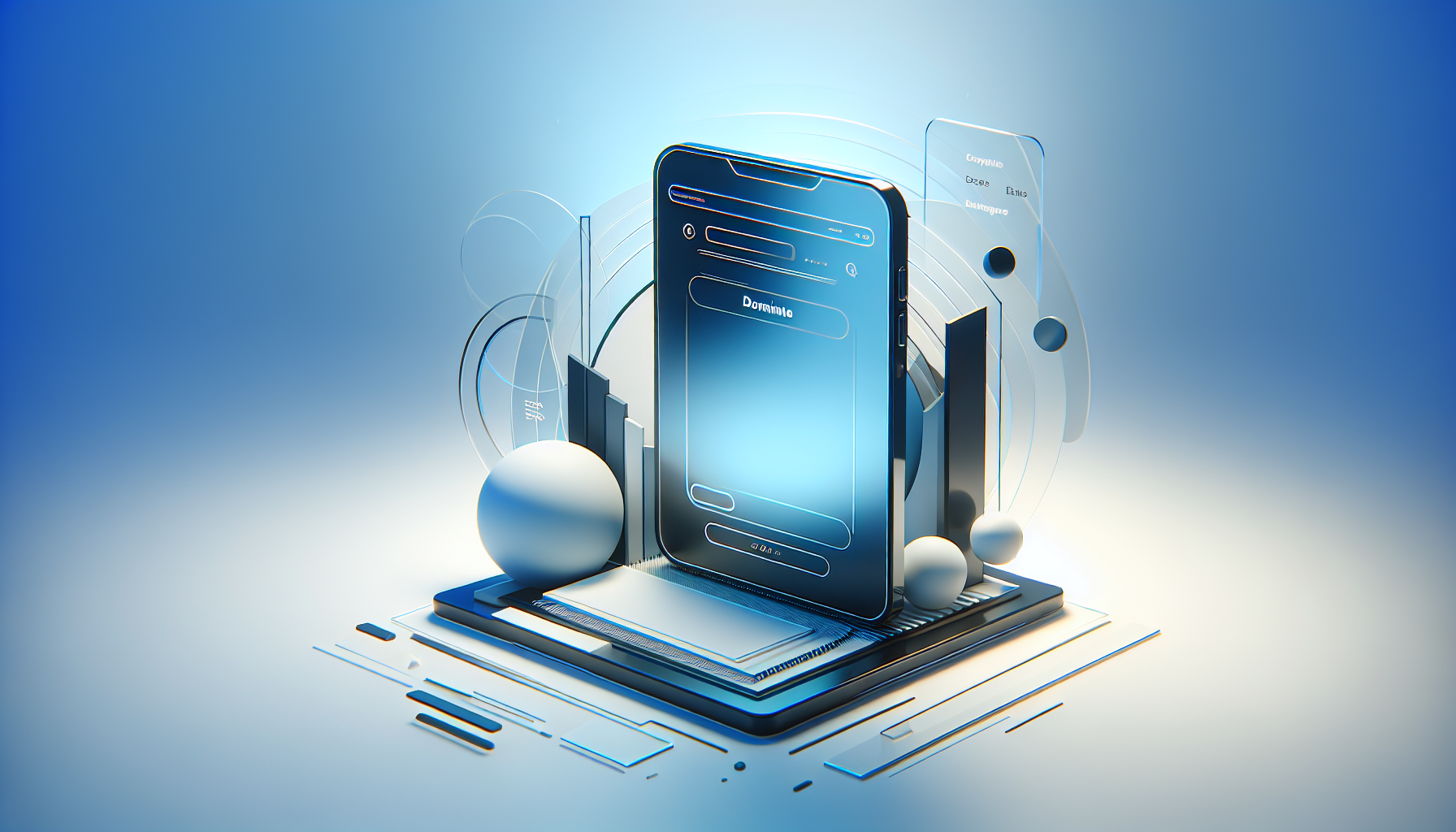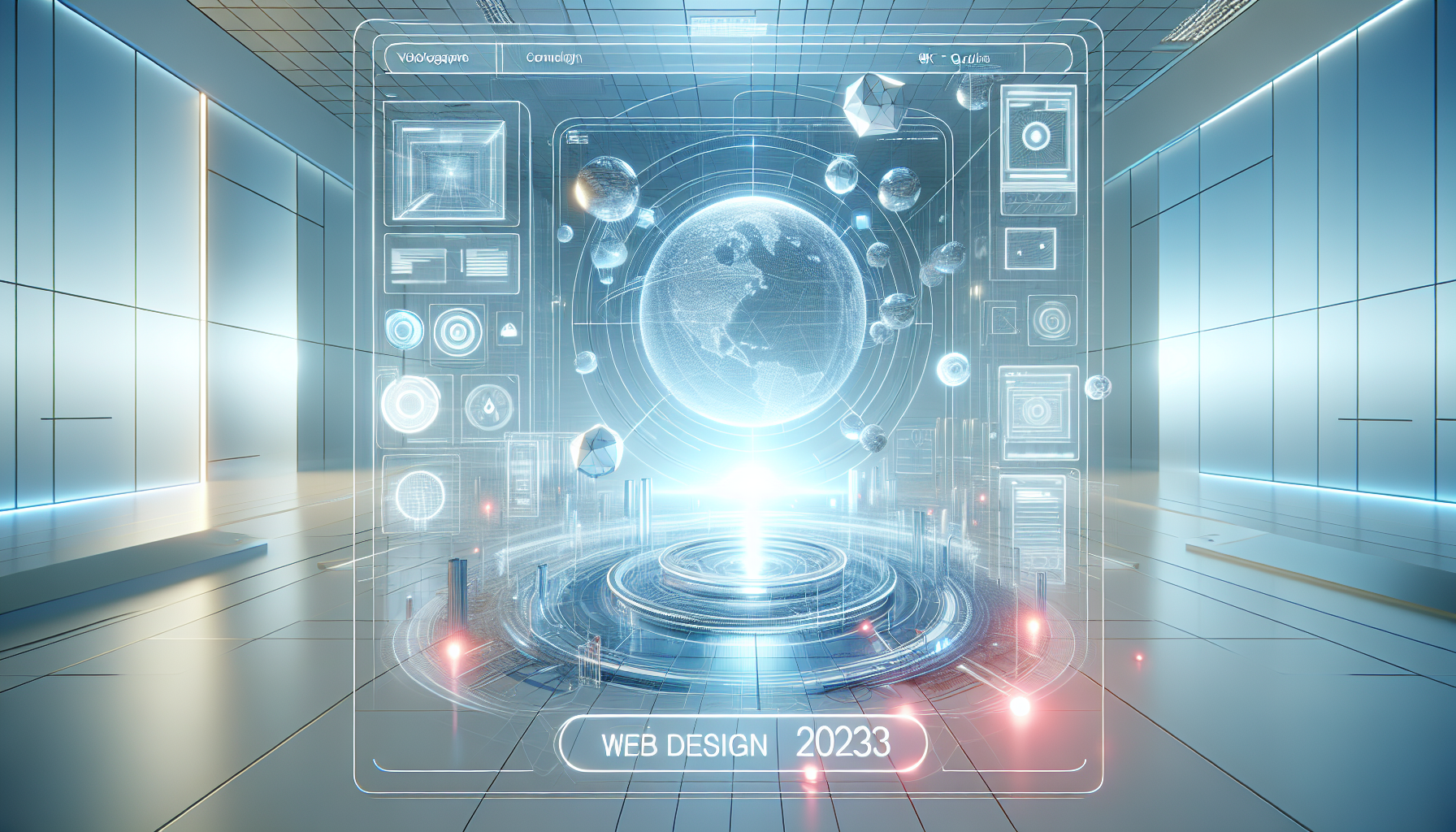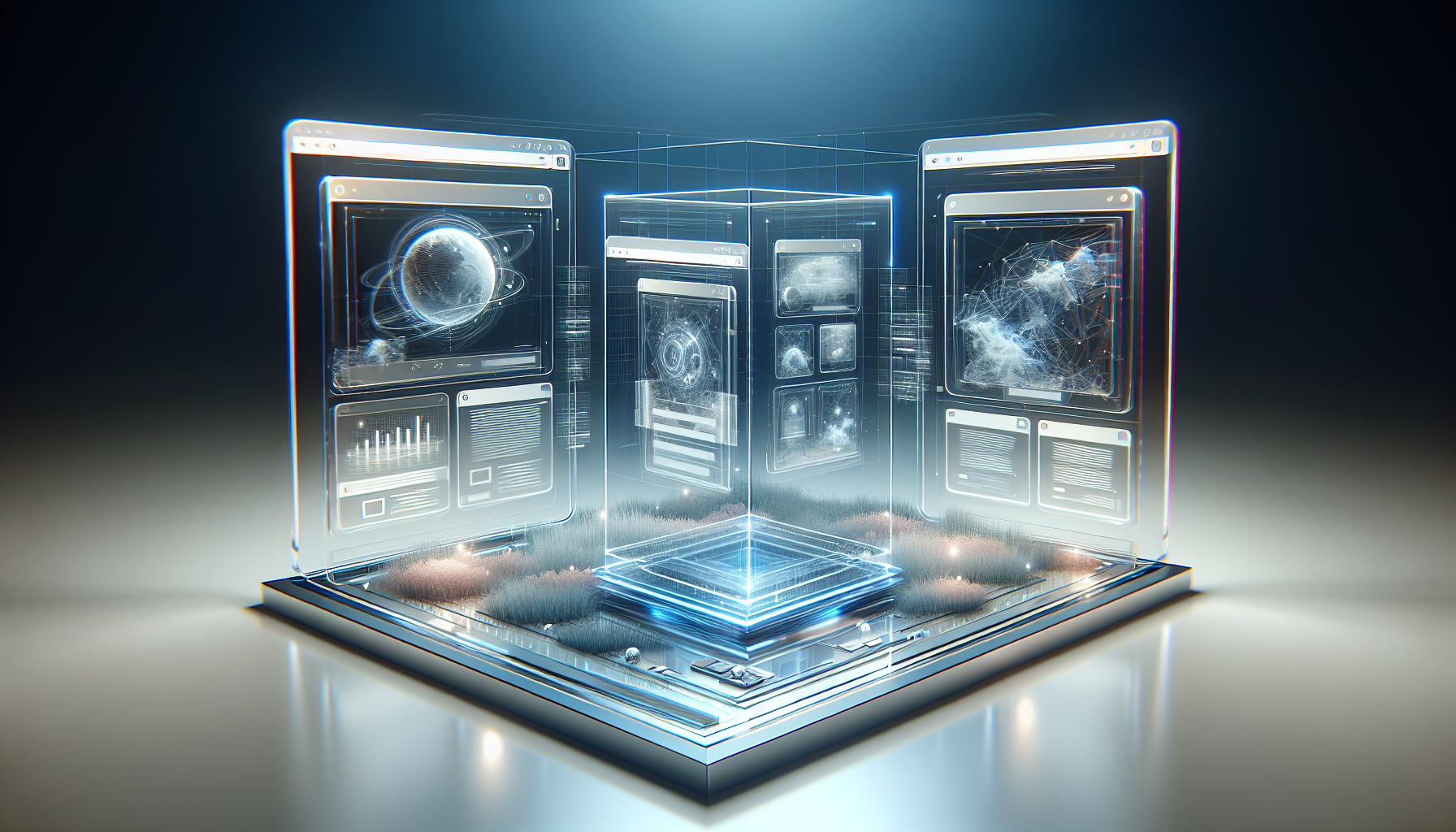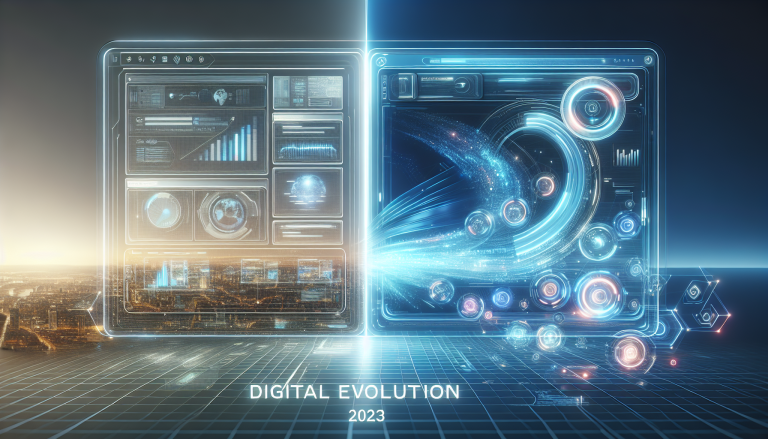Revolutionize Your Online Presence: The Top Web Design Trends to Dominate in 2023
**Unlocking the Power of Web Design: The Latest Trends and Strategies to Elevate Your Website**
In the ever-evolving world of web design, it’s essential to stay ahead of the curve and adapt to the latest trends and innovations. A well-designed website is no longer just a necessary evil, but a crucial aspect of any business’s online presence. In this article, we’ll delve into the latest web design trends, SEO strategies, and user experience insights to help you create a website that truly shines.
**Web Design Trends: Where Creativity Meets Strategy**
When it comes to web design, trends come and go, but the key to success lies in striking the perfect balance between creativity and strategy. This season, we’re seeing a rise in minimalism, with a focus on clean lines, simple typography, and ample white space. But don’t be fooled – minimalism is not just about looks; it’s also about creating a seamless user experience.
“Less is more,” says design expert, Sarah Jones. “A clutter-free website is not only visually appealing but also easier to navigate, which is essential for converting visitors into customers.”
Another trend gaining traction is the use of artificial intelligence (AI) in web design. AI-powered tools can help designers create personalized experiences, optimize website performance, and even predict user behavior. While AI is still in its infancy, it’s clear that it’s going to play a significant role in shaping the future of web design.
**SEO Strategies: Boost Your Visibility and Rankings**
Search Engine Optimization (SEO) is no longer a nicety; it’s a necessity. With the rise of voice search and mobile devices, SEO strategies must adapt to meet the changing needs of users. Here are some actionable tips to boost your website’s visibility and rankings:
* **Keyword research**: Conduct thorough keyword research to identify relevant terms and phrases that align with your business.
* **Optimize on-page elements**: Ensure that your website’s on-page elements, such as title tags, meta descriptions, and header tags, are optimized for search engines.
* **Content quality**: Create high-quality, engaging content that provides value to users and addresses their pain points.
* **Link building**: Build high-quality backlinks from authoritative sources to increase your website’s authority and ranking.
“SEO is not just about keywords; it’s about creating a user-centric experience that resonates with your target audience,” says SEO expert, John Lee.
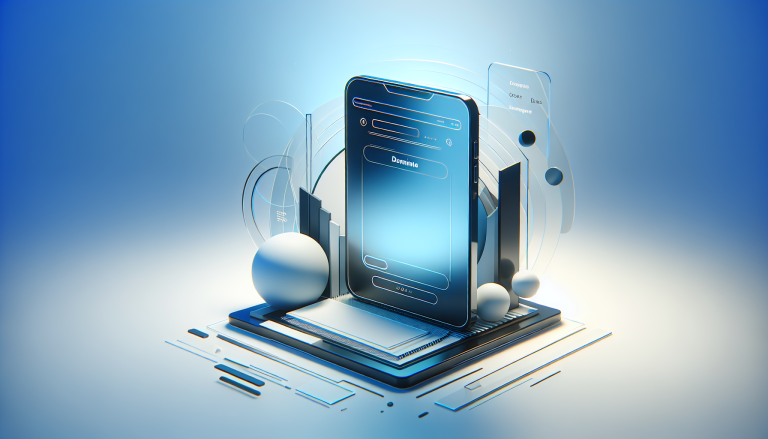
**User Experience (UX) Insights: Creating Seamless Interfaces**
User experience is no longer just a buzzword; it’s a critical aspect of web design. A seamless user experience is essential for converting visitors into customers, and it starts with creating intuitive interfaces.
* **User research**: Conduct user research to understand your target audience’s needs, pain points, and behaviors.
* **Wireframing and prototyping**: Create wireframes and prototypes to visualize and test your website’s layout and functionality.
* **Usability testing**: Conduct usability testing to identify areas for improvement and refine your design.
* **Accessibility**: Ensure that your website is accessible to all users, regardless of ability or device.
“A good user experience is not just about looks; it’s about creating a seamless experience that resonates with your users,” says UX expert, Emily Chen.
**Creative Inspiration: Sparking Ideas and Resources**
Web design is all about creativity, and inspiration is key to unlocking your full potential. Here are some ideas and resources to spark your creativity:
* **Design communities**: Join design communities, such as Dribbble or Behance, to connect with other designers and stay up-to-date on the latest trends.
* **Design blogs**: Follow design blogs, such as Smashing Magazine or A List Apart, to stay informed on the latest design trends and techniques.
* **Design tools**: Explore design tools, such as Sketch or Figma, to streamline your design process and enhance your creativity.
* **Inspiration boards**: Create inspiration boards to collect ideas and visualize your design concepts.
“Design is all about experimentation and taking risks,” says design expert, Michael Kim. “Don’t be afraid to try new things and push the boundaries of what’s possible.”
**Case Studies: Success Stories and the Design Process**
Every successful website has a story to tell, and understanding the design process is crucial to creating a website that truly shines. Here are some case studies that showcase the design process and the results:
* **Case study 1**: A e-commerce website that increased sales by 25% through a redesign of its user experience and optimization of its product pages.
* **Case study 2**: A non-profit organization that created a website that raised awareness and funds for its cause through a strategic use of social media and email marketing.
* **Case study 3**: A startup that created a website that attracted investors and customers through a unique and innovative design approach.
“The design process is not just about creating a website; it’s about telling a story and creating an experience that resonates with your users,” says design expert, Rachel Brown.
**Tech Tools & Tips: Practical Guidance for Web Development**
Web development is all about tools and techniques, and staying up-to-date on the latest tech tools and tips is essential to creating a website that truly shines. Here are some practical guidance and tips to help you get started:
* **Code editors**: Use code editors, such as Visual Studio Code or Sublime Text, to streamline your development process and enhance your productivity.
* **Version control**: Use version control systems, such as Git or SVN, to manage your code and collaborate with other developers.
* **Web performance optimization**: Optimize your website’s performance using techniques, such as caching and minification, to improve user experience and search engine rankings.
* **Security**: Ensure that your website is secure by implementing security measures, such as HTTPS and two-factor authentication, to protect your users’ data.
“Web development is all about tools and techniques; it’s about creating a website that is fast, secure, and user-friendly,” says web development expert, David Lee.
